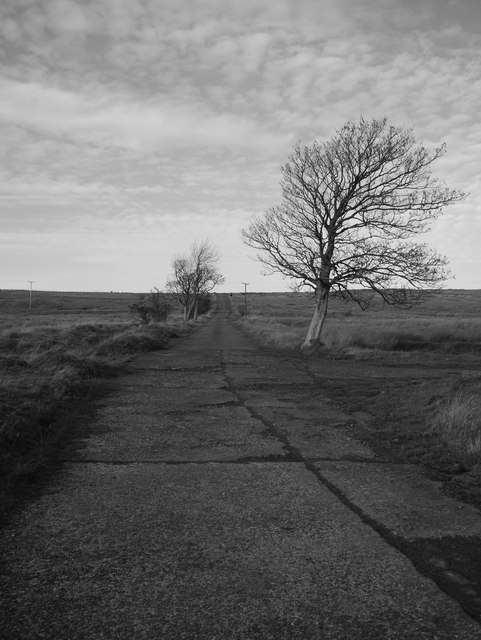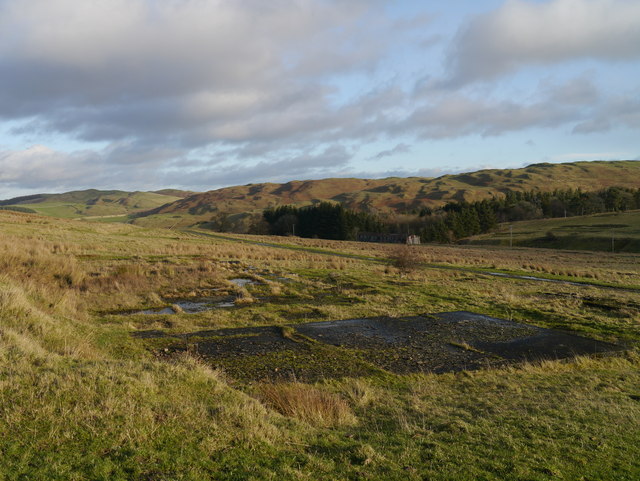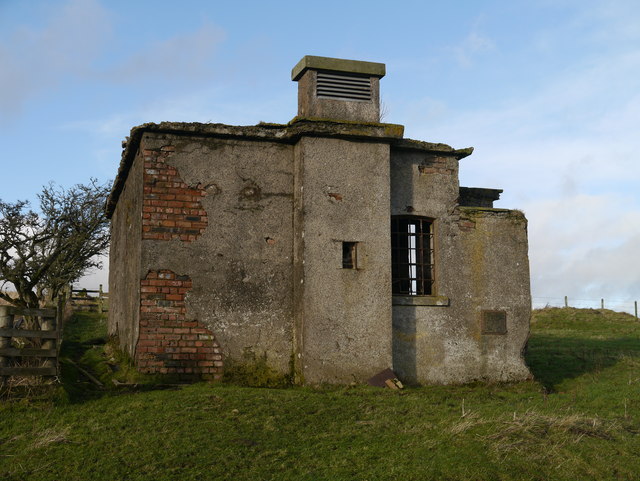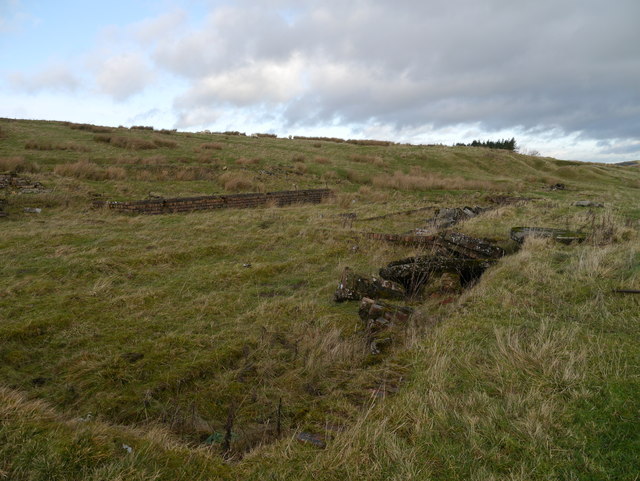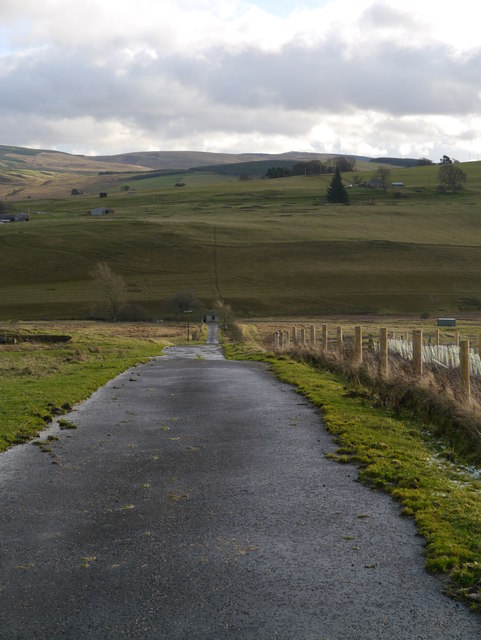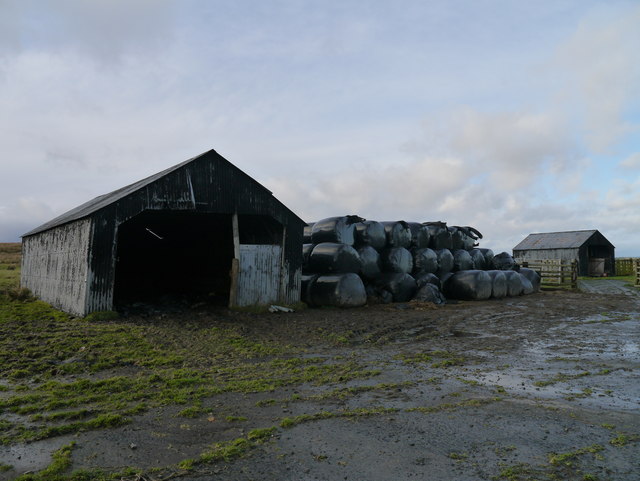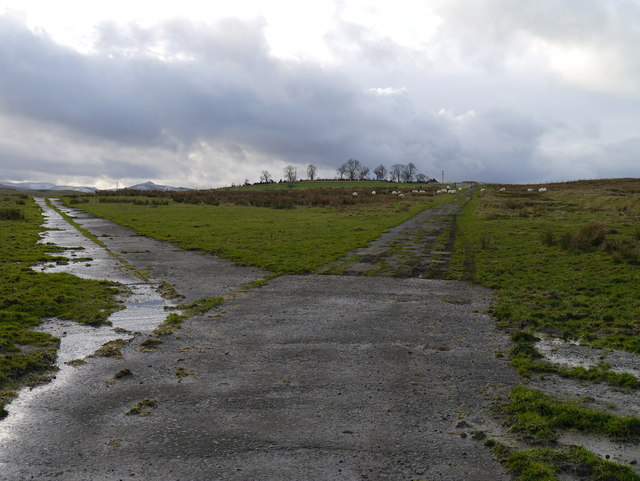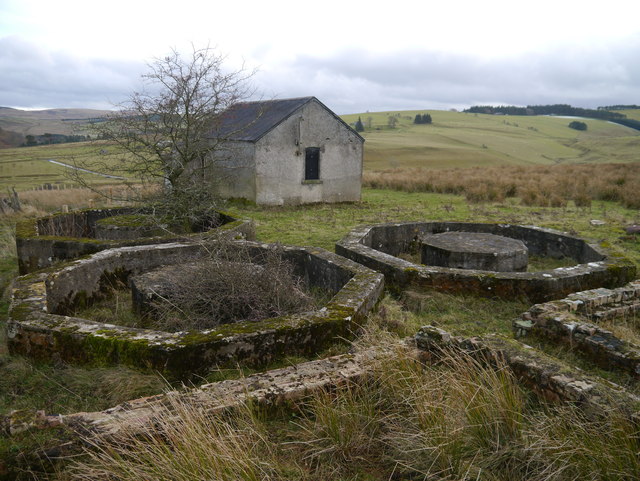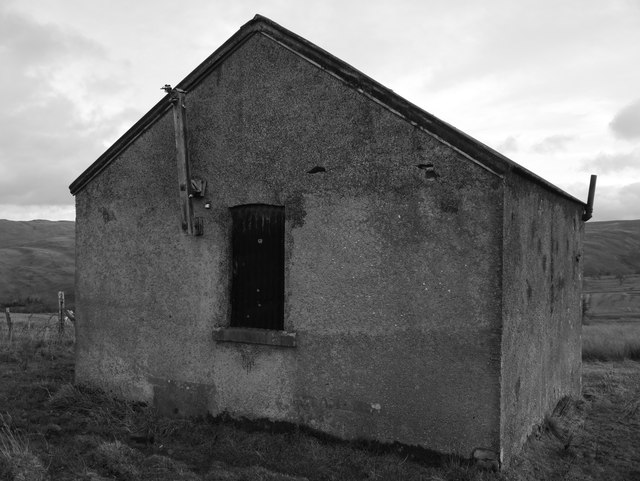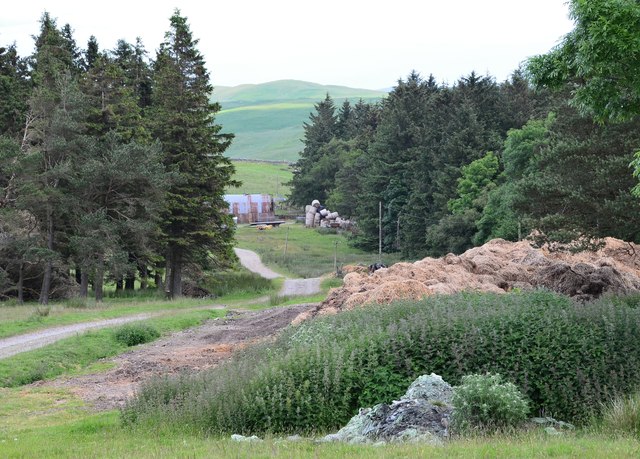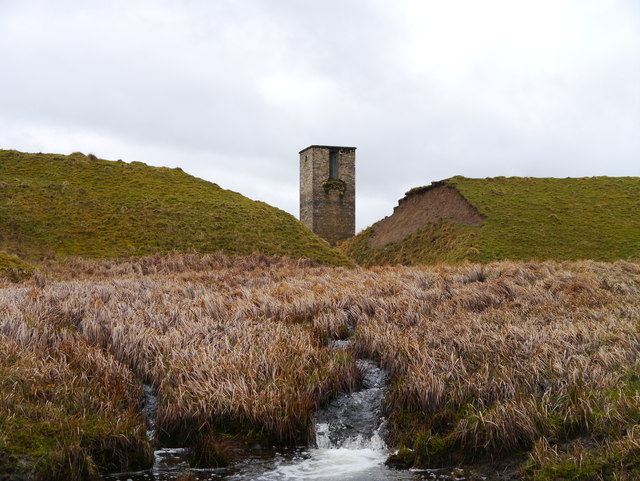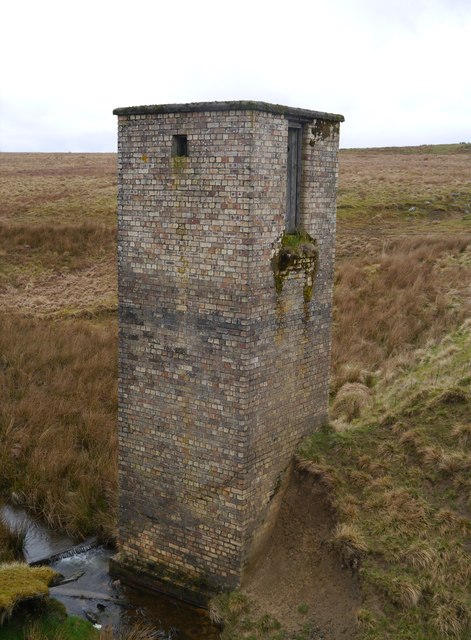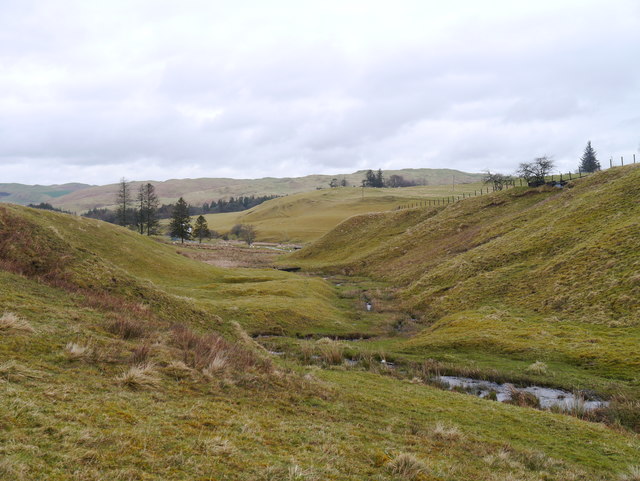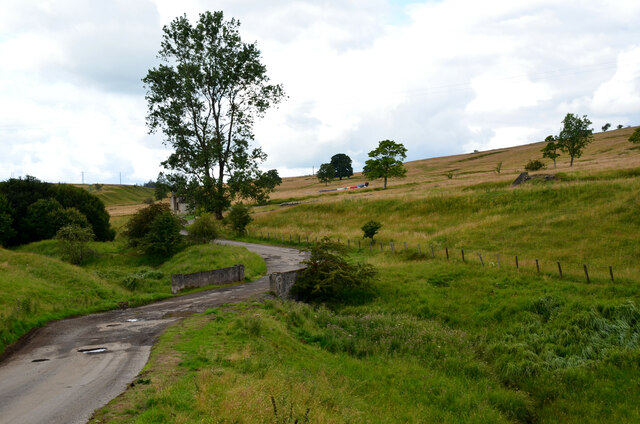Birk Wood
Wood, Forest in Roxburghshire
Scotland
Birk Wood
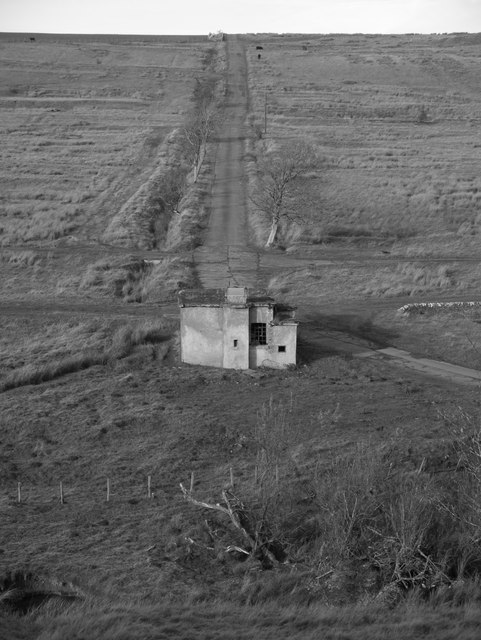
Birk Wood is a picturesque forest located in Roxburghshire, Scotland. Covering an area of approximately 200 acres, the wood is primarily composed of native broadleaf trees such as oak, beech, and birch. The wood is known for its diverse flora and fauna, providing a habitat for a variety of wildlife including deer, squirrels, and a wide range of bird species.
Visitors to Birk Wood can enjoy a network of well-maintained walking trails that wind through the forest, offering stunning views of the surrounding countryside. The wood is a popular destination for nature lovers, birdwatchers, and outdoor enthusiasts looking to explore the natural beauty of the Scottish Borders.
Birk Wood is also home to a number of historic features, including the remains of an ancient hill fort and the ruins of a medieval chapel. These archaeological sites add to the charm and intrigue of the wood, giving visitors a glimpse into the area's rich history.
Overall, Birk Wood is a tranquil and enchanting forest that offers a peaceful retreat for those looking to immerse themselves in nature and explore the beauty of Roxburghshire.
If you have any feedback on the listing, please let us know in the comments section below.
Birk Wood Images
Images are sourced within 2km of 55.379236/-2.7811923 or Grid Reference NT5009. Thanks to Geograph Open Source API. All images are credited.

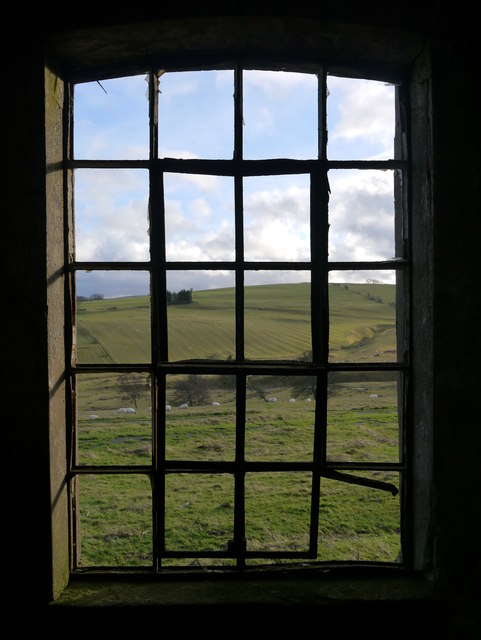
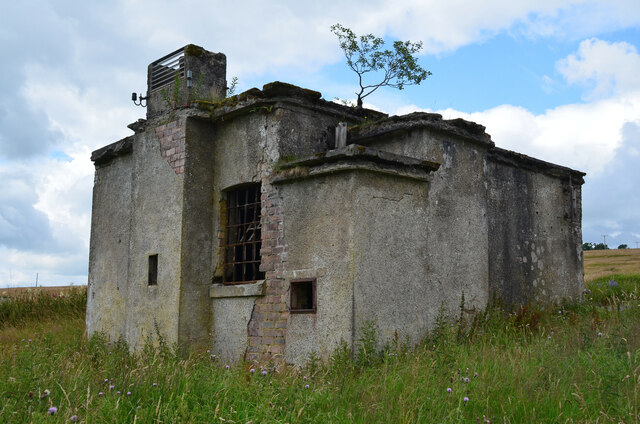

Birk Wood is located at Grid Ref: NT5009 (Lat: 55.379236, Lng: -2.7811923)
Unitary Authority: The Scottish Borders
Police Authority: The Lothians and Scottish Borders
What 3 Words
///crossword.group.report. Near Hawick, Scottish Borders
Nearby Locations
Related Wikis
Stobs railway station
Stobs railway station served the hamlet of Barnes, Scottish Borders, Scotland from 1862 to 1969 on the Border Union Railway. == History == The station...
Stobs Military Camp
Stobs Camp is a military and internment camp located just outside Hawick in the Scottish Borders. It is an internationally important site due to its level...
Shankend
Shankend Manor was a sixteenth-century mansion located some six miles (ten kilometres) south of Hawick, close to Whitrope Siding in Scotland. It was constructed...
Slitrig Water
Slitrig Water (archaic Scots: Slitterick Waiter; current Southern Scots: Slitrig Witter), also known as the River Slitrig, is a river in the Scottish Borders...
Nearby Amenities
Located within 500m of 55.379236,-2.7811923Have you been to Birk Wood?
Leave your review of Birk Wood below (or comments, questions and feedback).
